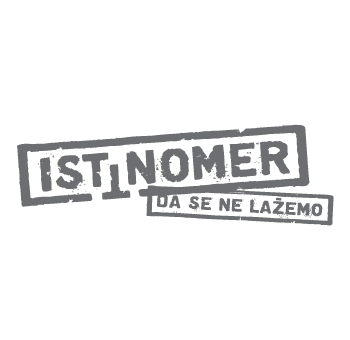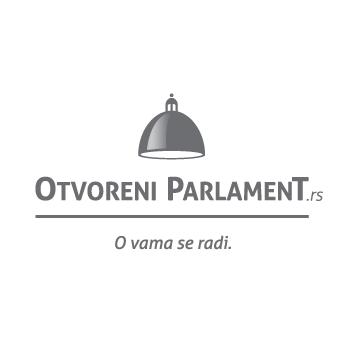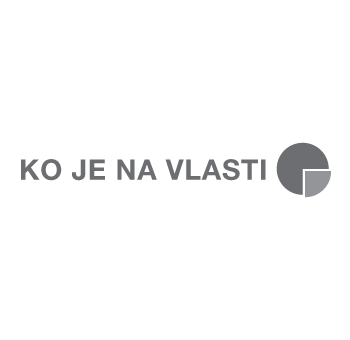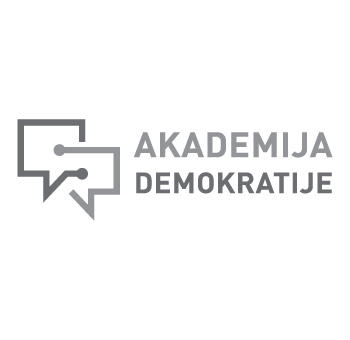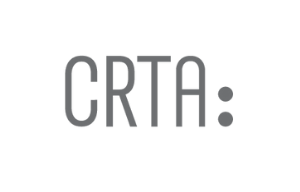Mass abuses and pronounced inequalities in the “campaign before the campaign”
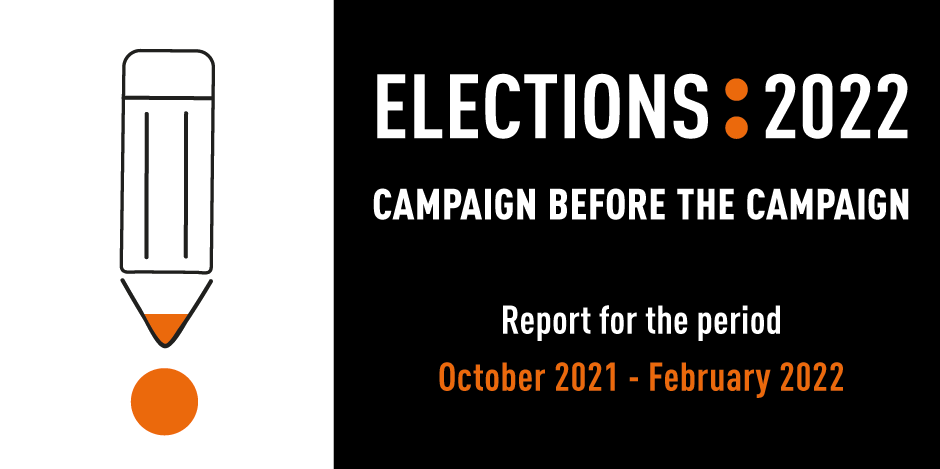
Erasing the line between state and party interests, and a strong commitment of government representatives to use state institutions as a means to secure support to the ruling party and to build a personality cult around Aleksandar Vučić, with contributions by mainstream media, marked the “campaign before the campaign”, as shown by the CRTA Election Observation Mission findings, published in the Report on the Campaign Before the Campaign.
The misuse of institutional advantages enjoyed by the ruling majority is reflected in clientelistic practices, i.e exchanging services and resources for electoral support, such as one-time financial aid for citizens, but also sophisticated mechanisms for pressure on voters, blackmailing and “buying” support, as well as similar activities within the zone of electoral corruption. As many as one third (almost 400) of documented activities of the ruling Serbian Progressive Party (SNS) registered on the ground have clientelistic features, which was not recognized in the far less common activities of political parties not present in Parliament.
An important feature of the period prior to the official start of the campaign was the further polarization in society, which even escalated into physical violence during civil protests, and police intimidation of citizens participating in the protests.
The deepening of the citizens’ distrust in the integrity of the electoral process came about as a result of the reopening of the issue of the Voters register in the public, not accompanied by adequate reactions from the competent institutions.
There is an evident chronic lack of political pluralism in the media, which the Regulatory Authority for Electronic Media (REM) attempted to hide with inaccurate and incomplete findings of its media monitoring, conducted with the use of a flawed and untransparent methodology.
The media monitoring conducted by CRTA shows an immense imbalance in favor of the government, whose representatives were given 85% of the television time dedicated to political actors. The inequality of media representation between the ruling and opposition parties increased in comparison to the period before the 2020 parliamentary elections. In the last four months, 40% of the time reserved for political actors in the extended prime-time on televisions with national coverage was dedicated to the President of the Republic.
The formation of the Temporary Supervisory Body, as one of the results of the Inter-Party Dialogue on electoral conditions, was not enough to compensate for REM’s shortcomings.
Between the start of CRTA’s Election Observation Mission, and the official calling of the elections, CRTA filed 14 complaints with competent authorities, out of which six were filed with the Anti-corruption Agency, seven with the REM, and one with the Educational inspection of the City of Leskovac.
The CRTA Election Observation Mission conducted long-term observation of the period before the official start of the campaign in Serbia in line with international standards for independent citizen election observation. Since October 2021, a team of monitors has been systematically collecting information about the reporting of media with national coverage in the extended prime-time. Starting in December 2021, a team of long-term observers (LTOs) has been deployed on the ground across the territory of Serbia, reporting about the key aspects of the atmosphere around the calling of the parliamentary, presidential and Belgrade elections.
The complete report with main findings is available here.
